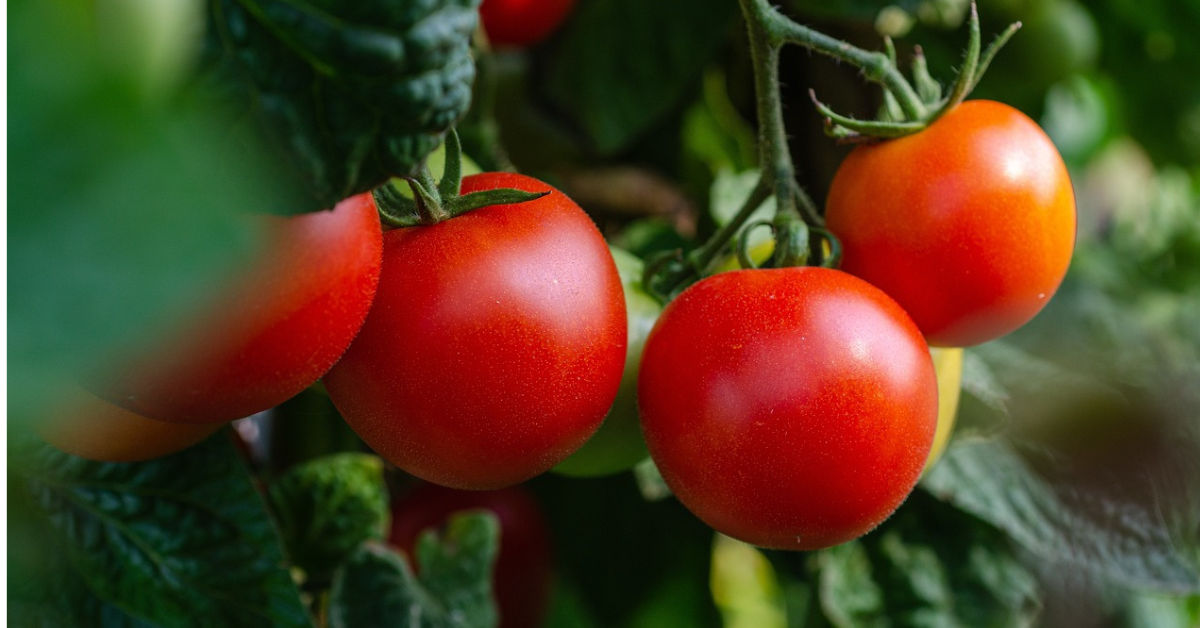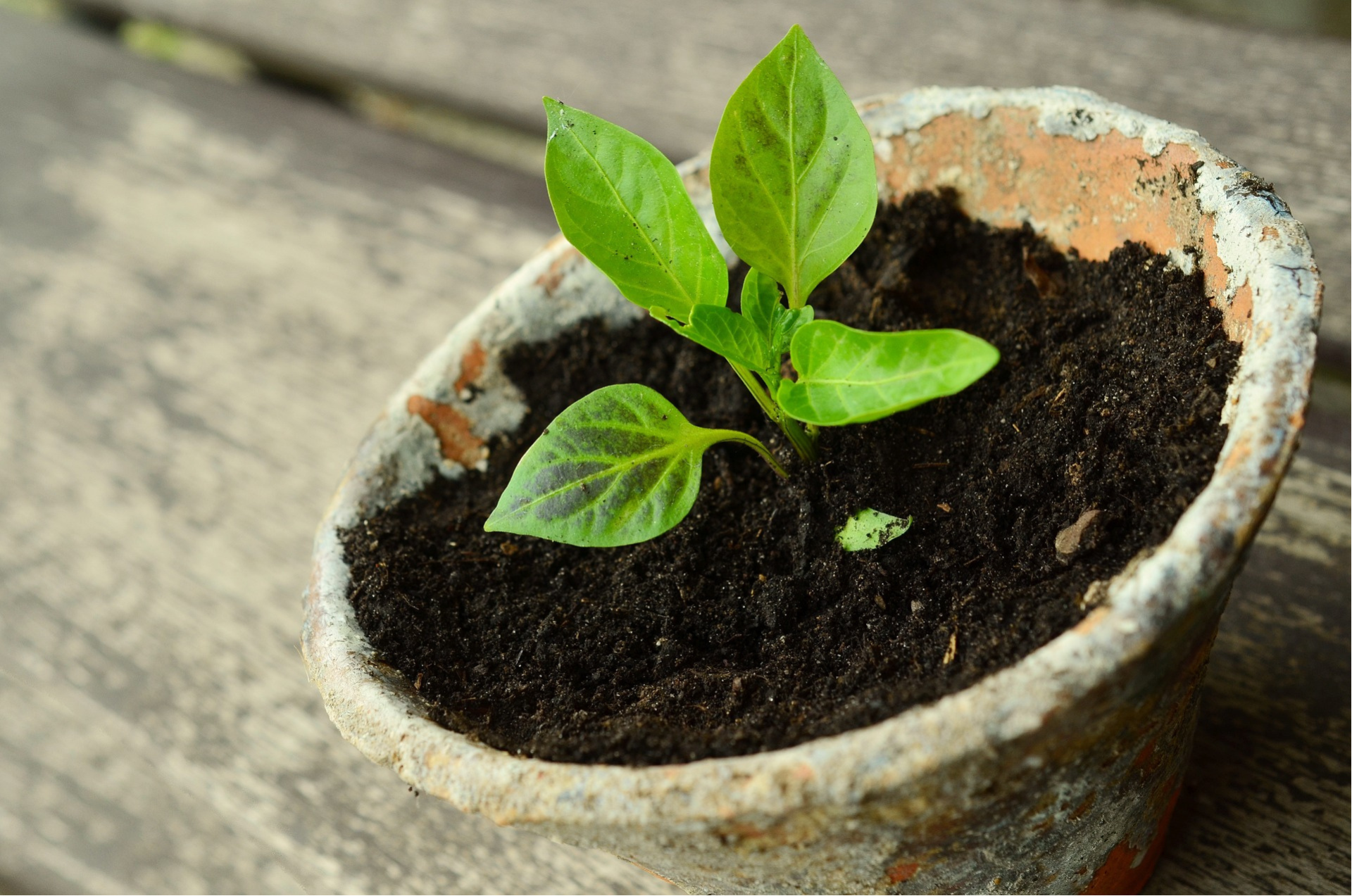How to Start Vegetable Gardening at Home

Starting Vegetable Gardening at Home, you can eat fresh and organic vegetables grown in your own garden. If you don’t have enough space you can grow vegetable in pot or containers. In this article you will learn how to build up a vegetable garden at home, which covers everything from selecting the best location to caring for your plants.
Table of content
1. Introduction
Growing vegetables in your home garden is very satisfying. You can enjoy fresh and organic vegetable. Rather than enjoying fresh vegetables gardening is also fantastic way to interact with nature. After reading this article, you can start your own vegetable garden and take advantage of the fresh, organic crops.
2. Choosing the Perfect Location
After you have decided to start growing vegetables selecting the right location for your vegetable garden is very important for its success. Find an area in your garden where full day sunlight or at least six hours of direct sunlight comes every day. Ensure that the spot has good soil drainage and access to a water source.
3. Preparing the Soil
Making the right soil preparations can help the vegetables grow healthily after you've chosen the spot. The soil should be softened, and any weeds or grass should be pulled up. Use organic matter such as compost or well-rotted manure to improve the soil's fertility.
4. Selecting Vegetables to Grow
Select the vegetables to grow according to your climate and growing condition in your area because some vegetables cannot grow in winter season and some grow well in summer. Select the vegetables that you enjoy eating. For beginners, tomatoes, peppers, lettuce, carrots, are the easiest vegetables to grow.

5. Starting Seeds or Transplants
You can start growing vegetables from seeds or purchase transplants from a nursery near you. There are wider variety of options in seeds. Growing vegetables from seeds requires more time and effort. Transplants provide an advantage for beginners because they are easy to handle.
6. Planting and Spacing
On an average space between vegetable plants should be 15-18 inches. You can also read the instructions on the seed packets to determine the appropriate spacing and depth for each vegetable. Proper spacing is very important between plants to allow for proper air circulation and growth. You can also use companion planting techniques to maximize the use of space and deter pests.
7. Providing Water
Watering plays an important role in vegetable gardening. Watering regularly is essential for healthy plant growth. Most vegetables require water about once a week. It can totally depend on the climate of your area. Soil should have moisture all the time to encourage strong root development. You can also use mulch around your plants to retain moisture and reduce weed growth. Keep in mind that you don’t overwater your plants.
8. Proper Nutrient Management
The use of fertilizer to vegetable plants helps in providing vital nutrients for healthy plant growth and increases fruit production. A soil test can be done to determine which nutrients your soil need. You can use balanced fertilizers N-P-K for vegetable. To increase soil fertility you can use compost and cow manure.
9. Managing Weeds and Pests
To stop weeds from absorbing nutrients and water from your vegetable plants, regular removing weeds is important. To prevent weeds from growing around your plants, use organic mulch or cover the area with newspaper. Regularly check your garden for pests and take the necessary precautions, such as handpicking, applying natural pest control techniques.
10. Regular Maintenance and Care
Regular maintenance of vegetable garden includes tasks such as pruning, staking, and providing support to climbing plants. To stop the spread of diseases, immediately remove any dead or ill plants. Check regularly for symptoms of nutritional deficiency and take the necessary measures.
11. Harvesting Your Vegetables
The satisfaction of growing vegetables is found in harvesting. Follow the guidelines on the seed packets to determine the appropriate time for harvesting each vegetable. Harvesting the vegetable at right time ensures maximum flavor and nutritional value.

12. Common Mistakes to Avoid
Even experienced gardeners make mistakes, but the key for improving your gardening abilities is learning from them. Overwatering, neglecting insect control, crowding plants, and planting unsuitable crops together are some typical mistakes to avoid.
13. Troubleshooting Common Issues
Gardening is a continuous learning process. Nutrient deficiencies, fungal infections, and pest infestations are a few common challenges. To maintain a healthy and successful vegetable garden, research common issues and treatments and take proactive measures to deal with them.
14. Conclusion
You can successfully grow vegetable garden by following the steps explained in the article. You can eat fresh and organic vegetable which is very satisfying. You can cultivate a successful garden and enjoy gardening. Get your hands dirty, embrace the process, and enjoy the rewards of your efforts.
FAQs
Q1: How much space is required for a vegetable garden?
Ans: The space required for a vegetable garden depends on the vegetables you want to grow. Mostly vegetables can successfully grow in pots
Q2: Can I start a vegetable garden if I don't have a backyard?
Ans: Absolutely! You can still grow vegetables in containers on a balcony or patio if you don't have a backyard. Select compact plant various types which perform well in containers.
Q3: Do I need any special tools to start a vegetable garden?
Ans: You only need a few basic tools to start a vegetable garden, like a shovel, garden fork, watering can, and pruners.
Q4: How often should I water my vegetable garden?
Ans: Most vegetables require water about once a week. The frequency of watering can be dependent on conditions like temperature, rainfall, and soil type. When the top inch of soil seems dry, check the moisture levels and provide water.
Q5: How much time do vegetables need to grow?
Ans: There are different types of varieties of vegetables every variety has different growth time. Leafy greens, such as lettuce and spinach, can be harvested in few weeks, others vegetable like tomatoes and peppers, need 1-2 months to mature.



You must be logged in to post a comment.